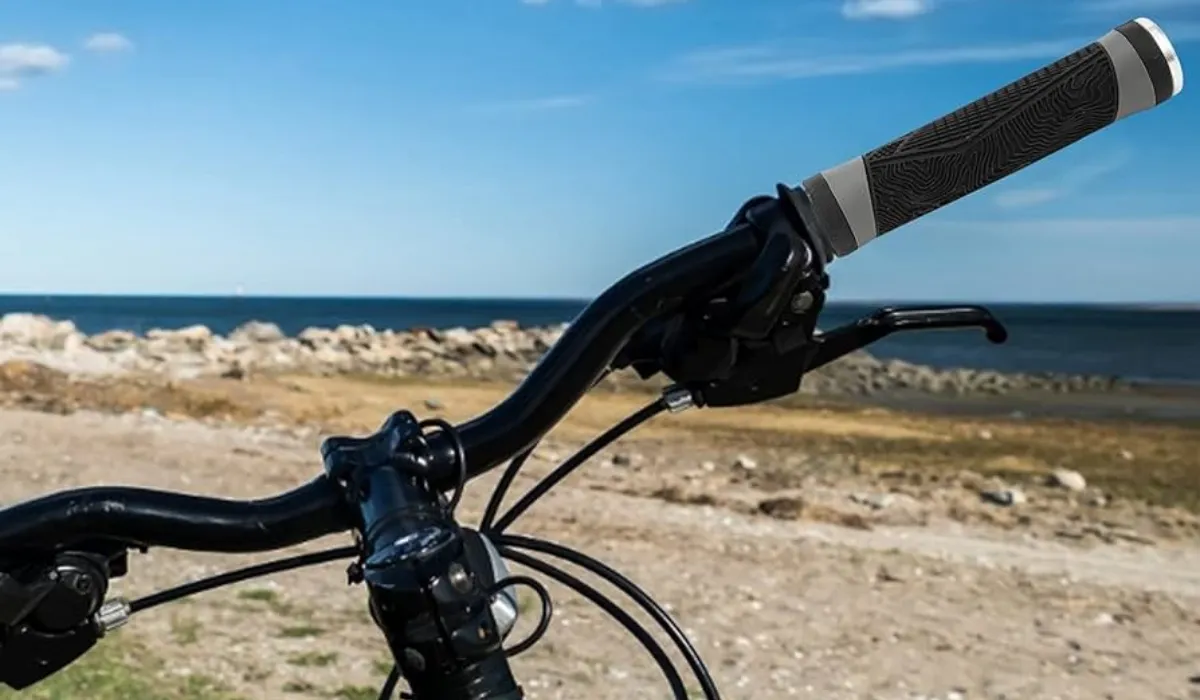Bicycle grips, an essential component of cycling, have evolved not only in design and functionality but also in their environmental impact.
The Environmental Challenge
In today’s world, where environmental concerns are paramount, it’s crucial to consider the impact of manufacturing processes and materials used in every product. Bicycle grips, traditionally made from synthetic rubber compounds and other non-biodegradable materials, contribute to waste and environmental degradation. As cycling gains popularity as an eco-friendly mode of transportation, the paradox of unsustainable grip production becomes apparent.
Eco-Friendly Materials for Bicycle Grips
One approach to address this issue is the use of sustainable materials. Manufacturers have begun to explore alternatives such as:
Recycled Rubber: Repurposing old bicycle tires and rubber materials into grips reduces waste and conserves resources. These grips retain the durability and performance of traditional materials.
Cork: Cork grips offer a natural, renewable alternative. Cork is harvested from the bark of cork oak trees, which naturally regenerate, making it a sustainable choice. Cork grips provide a unique, comfortable feel and excellent grip.
Biodegradable Compounds: Some manufacturers are experimenting with biodegradable materials, such as bio-based thermoplastics. These materials break down naturally over time, reducing the environmental impact.
Eco-Conscious Production Methods
In addition to using sustainable materials, eco-conscious production methods play a significant role in reducing the environmental footprint of bicycle grips:
- Low-Impact Manufacturing: Manufacturers are adopting processes that consume less energy and produce fewer emissions. This includes using water-based adhesives, reducing waste in production, and implementing energy-efficient manufacturing equipment.
- Local Sourcing: Sourcing materials locally reduces the carbon footprint associated with transportation. Manufacturers are increasingly partnering with local suppliers to minimize environmental impact.
- Reduced Packaging Waste: Sustainable packaging practices, such as minimal and recyclable packaging, further contribute to environmental conservation.
The Environmental Benefits
Choosing bicycle grips made from sustainable materials and manufactured using eco-friendly processes has several advantages:
- Reduced Waste: Sustainable grips contribute to the reduction of non-biodegradable waste in landfills, making cycling a more environmentally responsible choice.
- Resource Conservation: Materials like recycled rubber and cork decrease the demand for virgin resources, conserving valuable raw materials.
- Lower Carbon Footprint: Eco-conscious production methods lead to lower greenhouse gas emissions, aligning with efforts to combat climate change.
- Enhanced Rider Experience: Many sustainable grips offer excellent grip, comfort, and durability, providing a superior riding experience while being eco-friendly.
The Path Forward
As the cycling industry continues to recognize the importance of sustainability, more options for environmentally responsible bicycle grips are emerging. Cyclists can contribute to a greener future by choosing grips made from sustainable materials and supporting manufacturers committed to eco-friendly practices.
The evolution of bicycle grips goes beyond design and functionality; it extends to the realm of sustainability. By embracing eco-friendly materials and production methods, the cycling community can play a part in reducing environmental impact and ensuring that future generations can enjoy the beauty of cycling in a healthier, more sustainable world. As we pedal toward a more sustainable future, the grip on our environment grows stronger, reminding us that our choices today shape the path we ride tomorrow.






